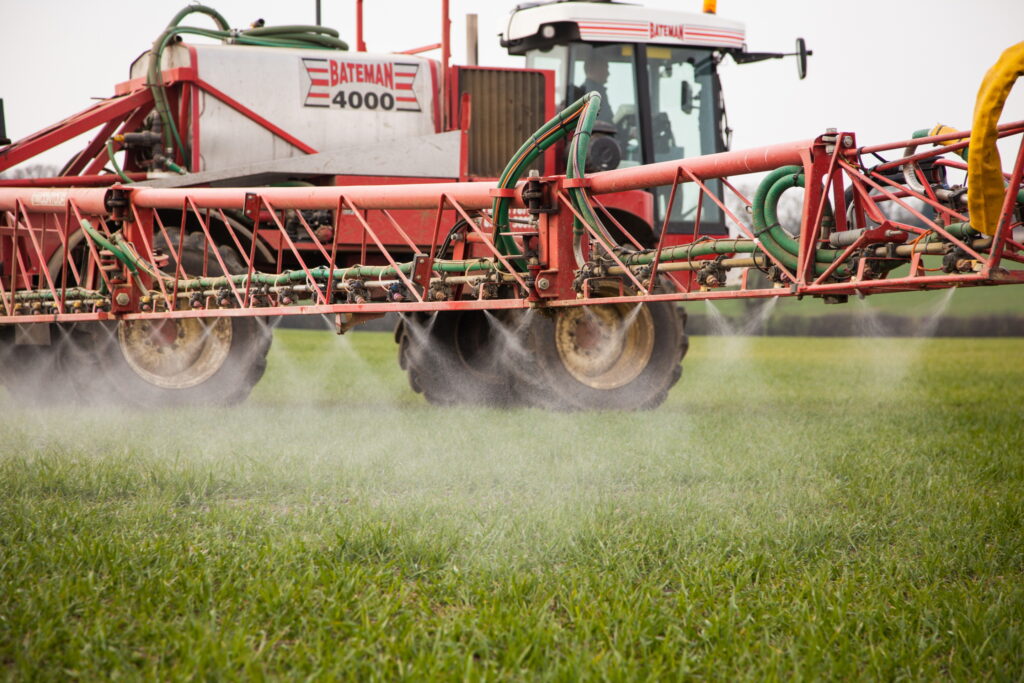22nd February 2024
Cost effective option for cereal disease control available this spring
In what is proving to be one of the most challenging farming seasons in recent times, there is some good news on the horizon, with the launch this spring of a new, cost-effective fungicide for use in cereals, LS PYRAC.
LS PYRAC contains 200g/l pyraclostrobin, and is reverse engineered formulation of Comet 200, from off-patent manufacturers Life Scientific.
Pyraclostrobin, is a strobilurin fungicide with curative and protectant activity against key diseases in winter and spring wheat, barley, oats, rye and triticale.
“The entry of ‘generic’ pyraclostrobin to the marketplace offers greater choice and value to Irish cereal growers,” says Scott Lovell, managing director of CropLink.
“Its wide label of approval on all cereal crops, coupled with its broad-spectrum activity on a range of key diseases, delivers a highly flexible and reliable product for growers. The fact that it comes from Life Scientific gives growers huge confidence that the formulation is every bit as good as the branded market leader.”
“This is particularly good news for barley growers. Pyraclostrobin has been a mainstay of T1’s in barley for many years given its strong activity on a several important barley diseases notably net blotch, Rynchosporium and brown rust. Typically partnered with prothioconazole at this timing it offers a very robust T1 option in barley.”
LS PYRAC is also likely to also be in demand for the later barley fungicide timings, offering a robust top-up to prothioconazole and SDHI mixtures, he says.
“Strobilurins have the added advantage of delivering a significant ‘physiological’ or ‘greening’ effect in crops, with pyraclostrobin having the greatest intrinsic activity of all the strobilurins in barley, making it an ideal choice for use at any time in barley crops.”
Mr Lovell points out whilst septoria in wheat has developed resistance to the strobilurins, pyraclostrobin’s strong activity on rusts and useful activity on ear diseases, together with the above mentioned ‘greening’ effects, also make LS PYRAC a great choice as a T0 with tebuconazole and/or sulphur, and as a compelling T3 option mixed with prothioconazole.”
PANEL How to achieve best results from LS PYRAC
1. LS PYRAC is curative and protectant but, for optimum disease control, the product should be applied at the first sign of disease and before it is established in the crop.
2. Apply LS PYRAC in a minimum of 200l of water/ha
3. Recommended dose rate 1.25l/ha
4. In order to avoid the development of resistance, the Fungicide Resistance Action Committee’s guidelines should be followed:
· Apply QoI fungicides always in mixtures with non-cross-resistant fungicides to control cereal pathogens. At the rate chosen, the respective partner(s) on its/their own has/have to provide effective disease control.
· Apply a maximum of two QoI fungicide containing sprays per cereal crop. Limiting the number of sprays is an important factor in delaying the build-up of resistant pathogen populations.
· Apply QoI fungicides according to the manufacturers’ recommendations for the target disease (or complex) at the specific growth stage indicated.
· Apply the QoI fungicide preventatively, or as early as possible, in the disease cycle. Do not rely on the curative potential of QoI fungicides.

For more information on LS PYRAC please visit see the Life Scientific website https://lifescientific.com/products/

